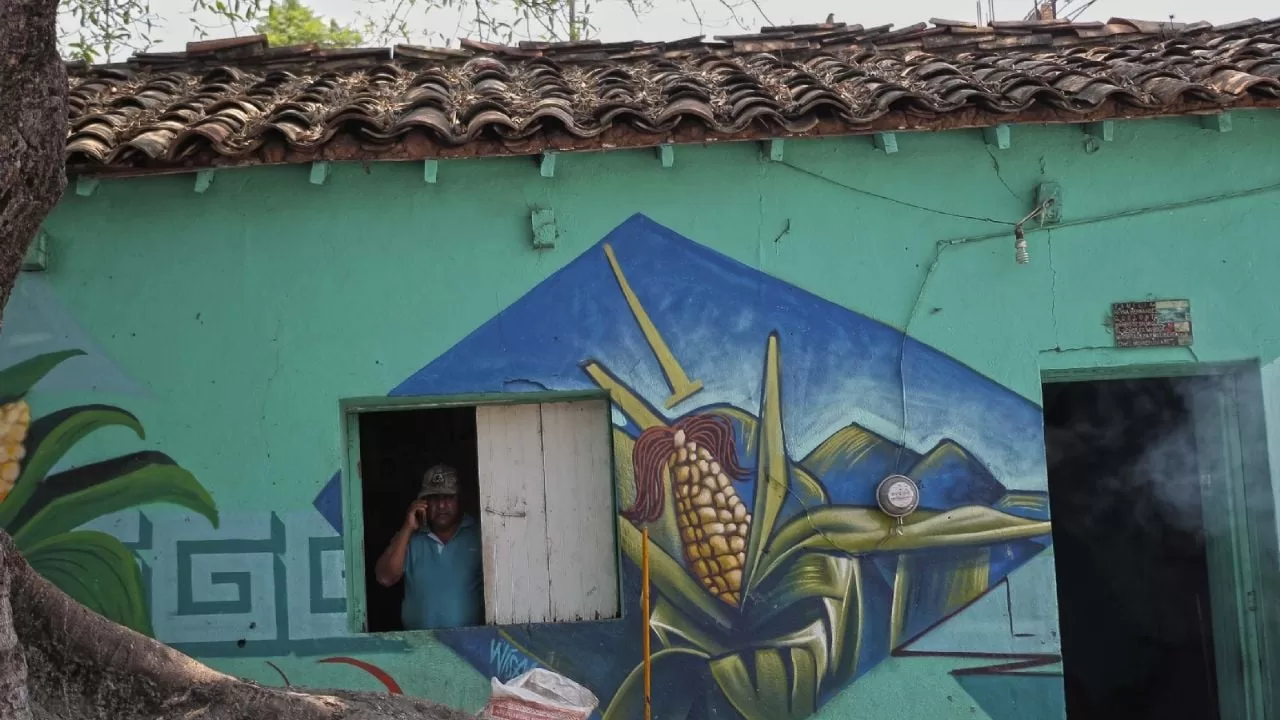Mexico City (Process).– In five years, the indigenous population of Mexico with mobile service coverage in at least one wireless technology (2G, 3G or 4G) has been reduced from 88% in 2018 to 85% by the end of 2022. This is a decrease of three points percentages, when one would think of a greater coverage of telecommunications services.
According to the sixth Mobile Service Coverage Diagnosis 2022 of the Federal Institute of Telecommunications (IFT), none of the 67 indigenous peoples of the country have 5G technology… or have not measured it yet.
The methodology for making the diagnosis has not changed in five years. The IFT uses the information reported by the concessionaires that provide mobile services, the coverage maps, the information provided by the National Institute of Indigenous Peoples (INPI), the censuses and population and housing counts carried out by the INEGI.
However, the population has changed. In the diagnoses from 2017 to 2020, the IFT relied on the 2010 Census, which reported a population of 11 million 132 thousand 562 people, 9.9% of the population of Mexico. Instead, the documents of 2021 and 2022 return to the 2020 Census, when the number of indigenous inhabitants grew to 11 million 979 thousand 483; that is, 9.5% of the total population of the country.
In a decade the indigenous population increased by 846 thousand 921 inhabitants. If the geographical location of indigenous peoples in the national territory has not changed, the percentage variation in mobile service coverage should have even improved, because the same infrastructure and availability of mobile services could benefit more people in the same territory.
It would be useful for the IFT to explain why on paper and in five years there is less indigenous population with mobile coverage.
2G mobile technology is used for calls and text messages; 3G adds data to voice and SMS, but slow; while 4G offers high speed internet.
According to the 2022 diagnosis of the IFT, 3G and 4G technologies observed an increase in coverage in localities with the presence of indigenous population of 80% and 75%, respectively. In other words, in five years the quality of connectivity has improved.
The indigenous people with the least 4G coverage are the Lacandón, in Chiapas, with just 16%, although in 2018 coverage among the Lacandon was just 9%.
The Magna Carta recognizes since 2013 the right of access to Information and Communication Technologies (ICT), broadband and the Internet. The Constitution also says that the State will guarantee the population its integration into the Information and Knowledge Society, all without discrimination.
??On the occasion of August 9, the International Day of Indigenous Populations, let us not forget that the native communities play a fundamental role in the richness and diversity of Mexico.
Coverage and access to telecommunications services represents an essential tool to recognize these communities, promote digital inclusion and guarantee their right of access to ICTs, communication and information.
Indigenous peoples possess cultural wealth, ancestral knowledge and traditions that deserve to be shared and preserved. Telecommunications, digital services, and Internet platforms are a virtual bridge that can unite all these cultural goods and expressions with the community that creates them, the multicultural nation that is Mexico, and the outside world.
Through connectivity, First Nations can spread their history, art, music, cuisine, wisdom, and culture, reaching out to global communities to generate renewed appreciation and respect for their heritage.
ICTs and connectivity have a profound impact on the socioeconomic development of indigenous communities. Access to telecommunications and Internet services opens opportunities for women, for distance education, access to information and health services, the search for employment opportunities, financial inclusion and the commercialization of artisan products in local, national markets. and global.
There is no doubt that technologies and meaningful connectivity improve the quality of life of indigenous peoples, contribute to the sustainable development of their communities and allow them to participate in the digital economy without sacrificing their cultural identity.
ICTs empower and drive indigenous peoples and their ancestral cultures because the conservation and preservation of their heritage is facilitated through digital records, the Internet and cloud storage.
Indigenous communities have the constitutional right to have and operate their own media and telecommunications networks, platforms for free cultural expression and local information. By having control over their own narratives and worldviews, indigenous peoples balance the historical marginalization and discrimination they have faced.
It is evident that we cannot ignore the challenges that indigenous communities face in their search for connectivity and management of their own media.
A good part of the indigenous peoples are found in regions that are difficult to access, such as arid, mountainous or jungle regions, where it is complex and unprofitable for operators to install telecommunications infrastructure.
These technological and geographical barriers, as well as the lack of infrastructure in remote and rural areas, make it difficult for indigenous inhabitants to access telecommunications, digital services and Internet platforms.
A new electoral process is coming in Mexico and with it many promises from the candidates. We will see if the candidates go from good intentions to digital public policies and focused actions that really incorporate indigenous peoples, their traditions and culture into the information society and the digital future.
Twitter: @beltmondi

